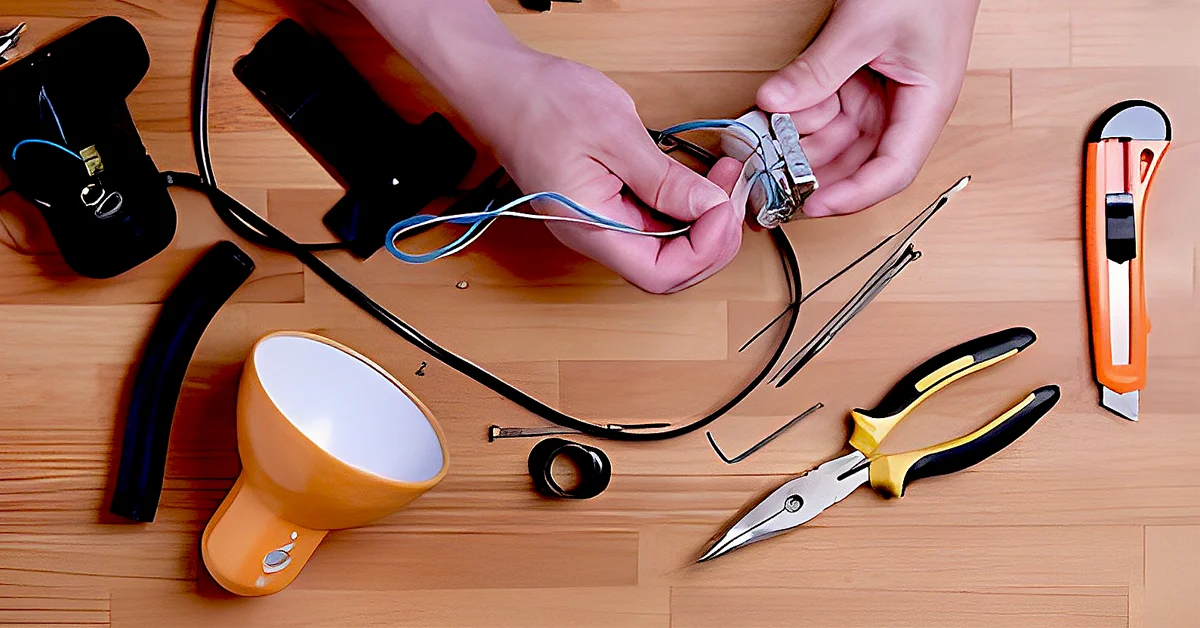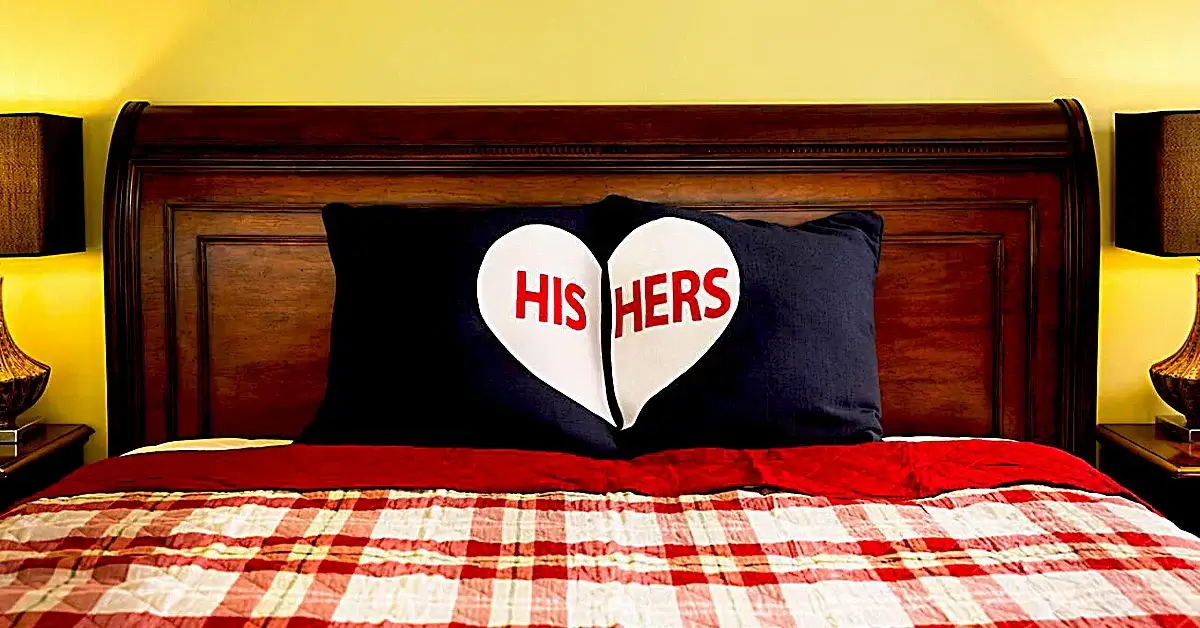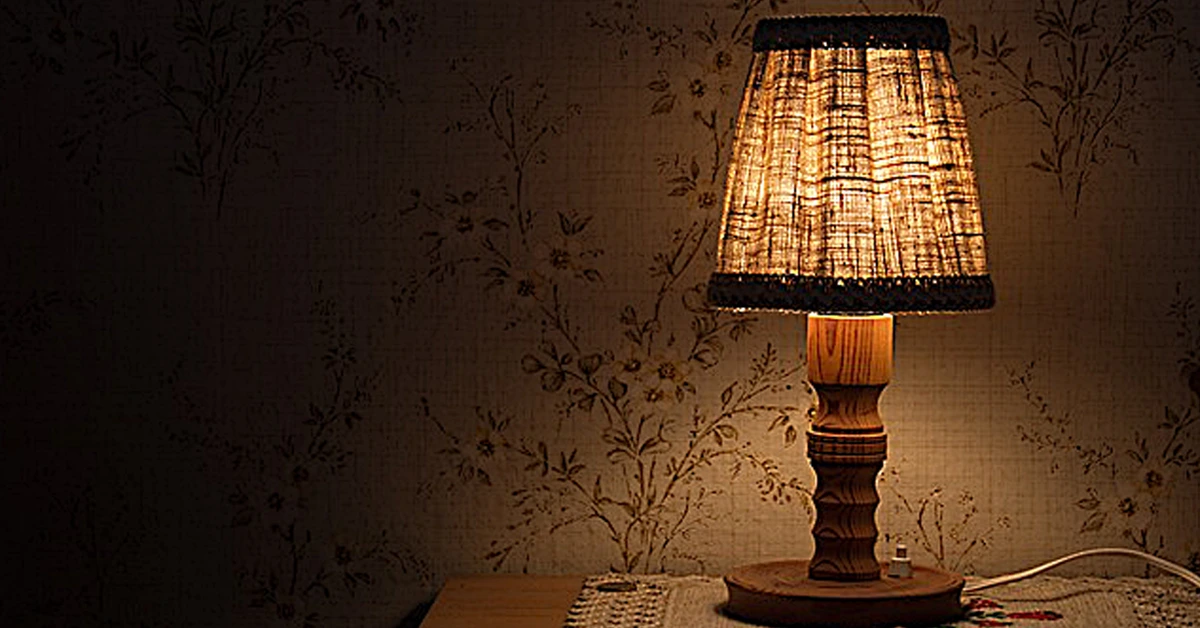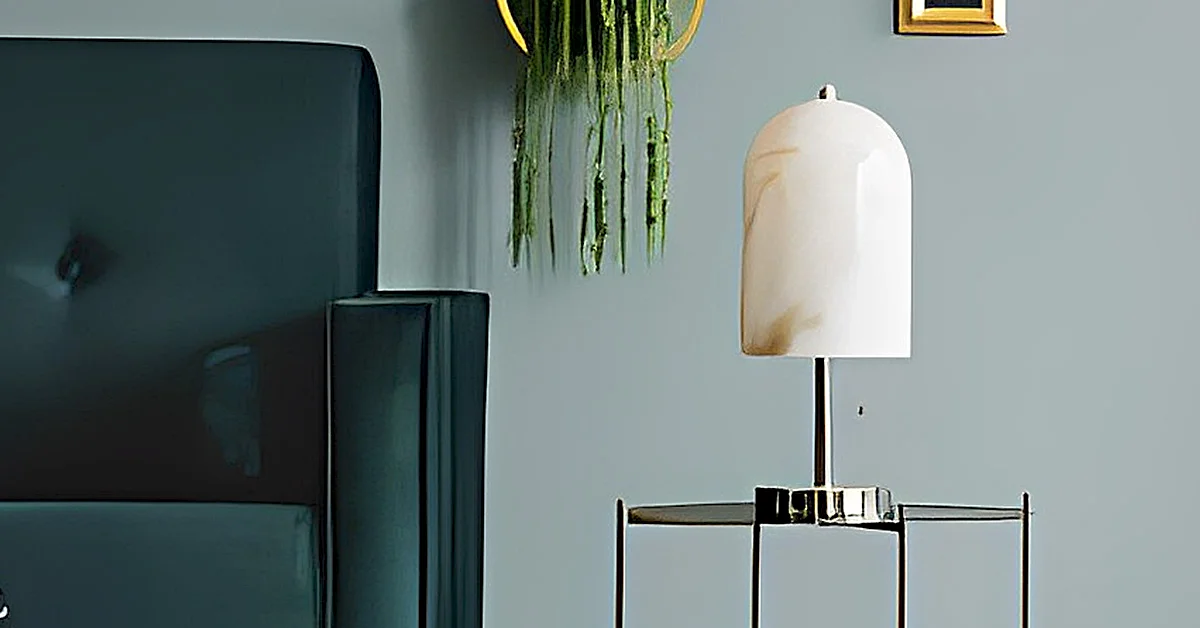Like any other electrical device, your table lamp can sometimes malfunction or break down. So you need to know how to repair a table lamp and keep it in good condition.
In this article, we will share 19 best tips about your table lamp repair and maintenance.
Table of Contents
ToggleSo, whether you have a flickering bulb, a loose cord, a faulty switch, or a broken socket, we will show you how to fix it yourself with simple tools and steps.
You will also learn how to clean and care for your table lamps, so they can last longer and look better.
I hope that after following these tips, you will be able to save time and money, and enjoy your table lamps for years to come.

Maintenance Tips For Table Lamps
First we will discuss some maintenance tips that will help you to keep your table lamp in good working condition.
Clean Your Table Lamp Regularly
The first tip is to clean your table lamp regularly because dust, dirt, and grease can accumulate on your table lamp over time, making it look dull and dirty.
To keep your table lamp shiny and clean, wipe it with a soft cloth or a microfiber cloth at least once a week.
The detailed cleaning method is explained in the Repair Section of this article.
Choose The Right Bulb For Your Table Lamp
The first tip is to choose the right bulb for your table lamp. Different bulbs have different wattages, brightness, color temperature levels, and lifespans.
First, check the label on your table lamp to see what kind of bulb it requires and how much the maximum wattage it can handle.
A bulb that is too bright or hot can damage your table lamp It can cause overheating or catch a fire.
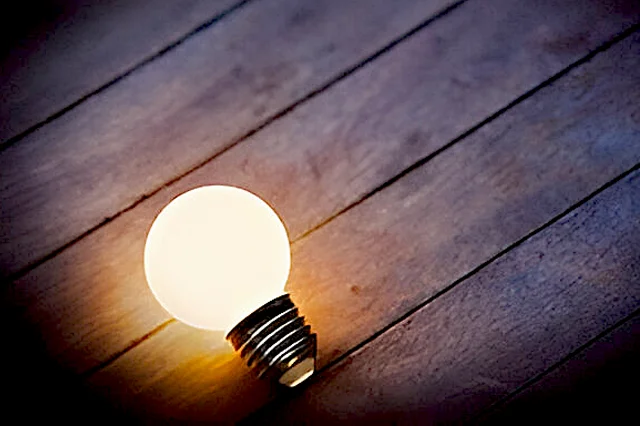
Also, consider the purpose and mood of your table lamp. For example, if you want a warm and cozy light, you can opt for a soft white or yellow bulb.
If you want a more bright and clear light, you can opt for a cool white or daylight bulb.
Replace Your Bulb When It Flickers Or Burns Out
A burned-out or flickering bulb can affect the quality of your light and the appearance of your table lamp.
Flickering also indicates a problem with your table lamp’s wiring or socket. To replace your bulb,
You should also dispose of the old bulb properly and recycle it if possible.
The detailed method of replacing a damaged bulb is in the Repair Section of this article.
Adjust The Brightness Of Your Table Lamp According To Your Needs
Adjust the brightness of your table lamp according to your requirements. Sometimes, you may like a brighter light for reading or working, but sometimes, you may want a dimmer light for relaxing or sleeping.
To adjust the brightness of your table lamp, it’s better to use a dimmer switch, a three-way bulb, or a smart bulb.
Keep Your Table Lamp Away From Moisture And Heat Sources
Moisture and heat can cause your table lamp to rust, corrode, warp, or crack. It can also create a short circuit or a fire hazard.
You should avoid placing your table lamp near windows, sinks, showers, radiators, heaters, or fireplaces.
Also, keep your table lamp away from direct sunlight, as it can fade the color and damage the material of your table lamp.
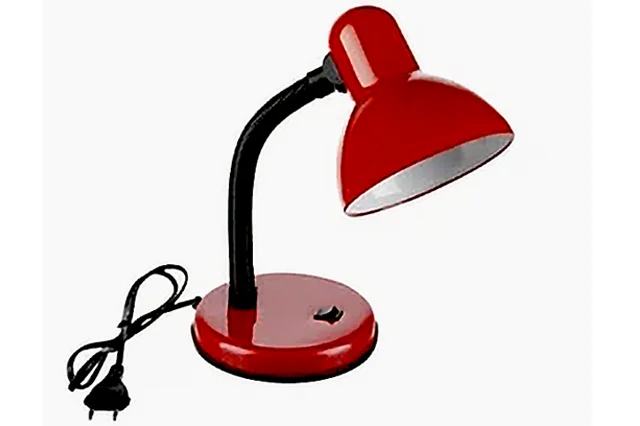
Secure Your Table Lamp Cord And Plug
A loose or exposed cord or plug can pose a tripping or electrocution risk. You should ensure that your table lamp cord and plug are not tangled, frayed, or damaged.
Avoid placing your table lamp cord and plug under rugs, furniture, or heavy objects that can crush or cut them.
Use a surge protector or a power strip to protect your table lamp from power surges or fluctuations.
Choose The Right Location And Position For Your Table Lamp
The location and position of your table lamp can affect the distribution and direction of light, as well as the style and function of your room.
Place your table lamp where it can provide adequate and comfortable light for your activities, like reading, writing, or watching TV.
Also, position your table lamp so that it does not create glare, shadows, or reflections that can strain your eyes or interfere with your vision.
Ensure that the size, shape, and design of your table lamp match your room’s theme, color, and furniture.
Decorate Your Table Lamp With Accessories
Accessories can add some personality and flair to your table lamp to make it more attractive.
You can use accessories such as lampshades, finials, bases, beads, ribbons, stickers, or paint to customize your table lamp and express your style and taste.
You can also change your accessories occasionally according to your mood.
However, make sure that your accessories are compatible with your table lamp and do not affect its functionality or safety.
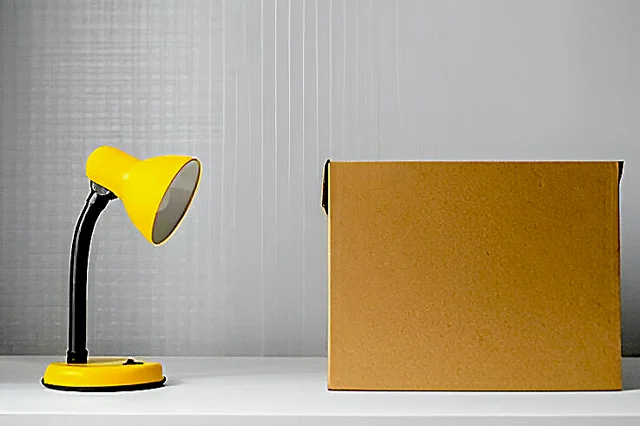
Store Your Table Lamp Properly When Not In Use
If you have not used your table lamp for a long time, store it properly to protect it from dust, dirt, moisture, insects, or rodents.
You should first clean your table lamp and remove any accessories. Then, you should wrap your table lamp with a soft cloth or bubble wrap and keep it in a sturdy box or a plastic bag.
You should also label this box or bag with the name and description of your table lamp and store it in a cool, dry, and dark place.
Follow The Manufacturer’s Instructions & Recommendations
Your table lamp may come with a manual or a label that provides information and tips on how to use, maintain, and care for your table lamp.
Always read and follow the manufacturer’s instructions and recommendations on the specific features & requirements of the lamp.
If you have any questions, concerns, or complaints about your table lamp, contact the manufacturer or seller.
Inspect Your Table Lamp Regularly For Any Signs Of Damage
You should check your table lamp at least once a month for any cracks, chips, dents, scratches, or stains that can affect its appearance and performance.
Be careful about any loose, broken, or missing parts that can cause malfunction or injury.
Also, test your table lamp for any flickering, dimming, buzzing, or sparking that can indicate a problem with your bulb, socket, cord, or plug.
If you notice any signs of damage or wear, repair or replace your table lamp at earliest.
Use Your Table Lamp Safely And Responsibly
Always use your table lamp for its intended purpose and avoid any misuse that can damage or destroy your lamp.
You should also keep your table lamp away from children, pets, or flammable materials that can cause accidents or injuries.
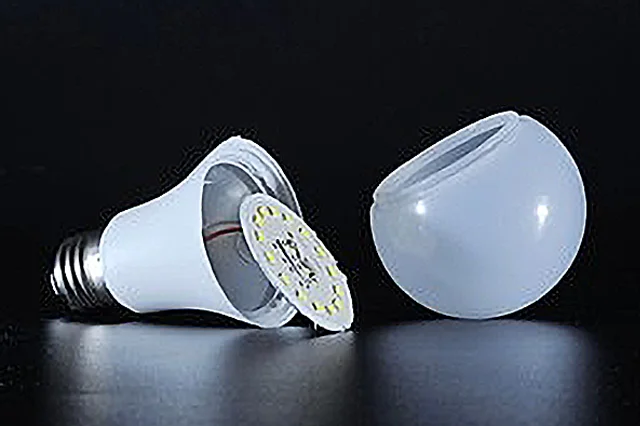
Repair Your Table Lamp If It Is Broken Or Malfunctioning
Your table lamp may stop working or have issues due to wear and tear, faulty parts, or accidents.
You should not ignore or discard your table lamp if it is broken or malfunctioning, as you may be able to fix it yourself or with the help of a professional.
First identify the problem and the cause of your table lamp, such as a loose wire, a broken switch, a cracked base, or a dented shade.
Arrange the tools and materials you need to repair your table lamp, like a screwdriver, a plier, a soldering iron, a glue gun, or a replacement part.
You should also follow the instructions and precautions that come with your table lamp or look for online tutorials or guides that can help you with the repair process.
Simple Tips For Easy Table Lamp Repairing
Your table lamp can malfunction or wear out over time. Here are some maintenance and repair tips that can help you to keep them in good condition and extend their lifespan.
The Right Way To Clean Your Table Lamp
One of the simplest ways to maintain your table lamp is to clean it regularly. Dust, dirt, and stains can accumulate on the lampshade, the base, and the cord, making your lamp look dull and dirty.
Follow these steps to clean your table lamp.
- Unplug the lamp from the power source and remove the lampshade.
- Use a soft cloth or a feather duster to clean the dust from the base and the cord. You can also use a vacuum cleaner with a brush attachment to remove the dust from hard-to-reach areas.
- Check the label for the cleaning instructions for the lampshade. Some lampshades can be washed with mild soap and water, while others may require a dry clean or spot cleaning.
- If you are not sure, test a small area before applying any cleaning solution.
- If you have a fabric lampshade, you can use a lint roller to remove any lint or hair. For the lampshades made of metal, glass, or plastic, you can use a damp cloth or a mild cleaner to remove any stains or fingerprints.
- Let the lampshade completely dry before putting it back on the lamp.
- Plug the lamp back in and enjoy your clean and bright table lamp.
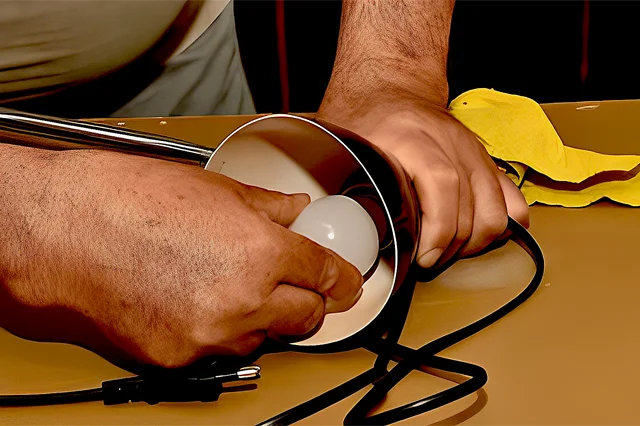
How To Replace A Burnt-Out Bulb
Another common problem that can affect your table lamps is a burnt-out bulb.
If your lamp is flickering or not lighting up, you may need to replace its bulb. To do so, follow these steps,
- First, unplug the lamp from the power source and let the bulb cool down if it is hot.
- Unscrew the bulb from the socket and dispose of it properly.
- Check the wattage and the bulb type on the label or the packaging.
- Find a replacement bulb according to the specifications of the old one. You can choose from different types of bulbs, such as incandescent, LED, CFL, or halogen. It depends on your preference and the compatibility of your lamp.
- Screw the new bulb into the socket and make sure it is secure and not loose.
- Plug the lamp back in and test the new bulb. If still your lamp is not working, you may have a faulty socket or a wiring problem.
How to Fix A Loose Or Broken Socket
Sometimes, the problem with your table lamp may not be the bulb but the socket.
The socket is a crucial part that holds the bulb and connects it to the power source.
If the socket is loose or broken, it may cause the lamp to malfunction or pose a fire hazard.
Follow these steps to fix a loose or broken socket,
- Don’t forget to unplug the lamp from the power source first.
- Remove the lampshade and the bulb.
- Locate the screws or nuts that hold the socket in place and loosen them with a screwdriver or a wrench.
- You may also need to remove the harp (the metal frame that supports the lampshade) to access the socket.
- Pull the socket out of the base to inspect the wires. If the wires are frayed, cut, or exposed, you should replace them.
- Replace the damaged socket with a new one with fresh wires.
- To connect the wires to the socket, follow the color codes.
- Connect black wire to the brass terminal & white to the silver terminal.
- Use wire strippers to strip about half an inch of insulation from the ends of the wires and wrap them around the terminals. Tighten the screws to secure the wires.
- Push the socket back into the base and tighten the screws or nuts. Now, reattach the harp, bulb, and the lampshade.
- Plug the lamp back in and test the socket. If still not working, you may have a faulty cord or a plug.

How To Repair A Damaged Cord Or A Plug
The cord and the plug are the parts that connect your table lamp to the power source.
If the cord or the plug is damaged, it may affect the performance of your lamp and cause an electric shock.
You can follow these steps to repair a damaged cord or a plug,
- Unplug the lamp from the power source.
- Cut off the damaged part of the cord or the plug with scissors or a wire cutter. Be careful not to cut too much of the cord because you will need some length to reconnect it.
- Ensure that the new plug matches the type and size of the old one. You can also use a polarized plug with one prong wider than the other to prevent the lamp from being plugged wrong.
- Follow the color coding to connect the cord to the plug.
- Connect black wire to the brass terminal & white wire to the silver terminal.
- Use wire strippers to strip about half an inch of insulation from the ends of the wires and wrap them around the terminals.
- Tighten the screws to secure the wires.
- To repair the cord, you need to splice the two ends of the cord together. For this purpose, you can use a wire connector, which is a plastic cap that twists onto the wires, or a soldering iron. It is a tool that melts metal to join the wires.
- To use a wire connector, twist the wires together and screw the connector onto them.
- Heat the wires and apply some solder (a metal alloy). Let the solder cool and harden.
- Now, cover the exposed wires with electrical tape or heat-shrink tubing to insulate and prevent them from touching each other or the metal parts of the lamp.
- Plug the lamp back in and test the cord or the plug. If still not working, you may have a problem with the switch or the circuit.

How To Replace A Faulty Switch
The switch is the part that turns your table lamp on and off. If the switch is faulty, it can prevent your lamp from working or cause it to flicker or spark.
You can follow these steps to replace a faulty switch,
- After unplugging the lamp from the power source, remove the lampshade & the bulb.
- Locate the switch on the base or the cord and unscrew or unclip it from its position. You may need to cut the cord to access the switch.
- Disconnect the wires from the switch and remove the old switch.
- Take a new switch. The new switch should match the type and size of the old one. You can choose from different types of switches, such as rotary, push, pull, or toggle, depending on your choice and the compatibility of your lamp.
- Follow the color coding to connect the wires to the switch,
- Connect black wire to the brass terminal and white wire to the silver terminal.
- Use a wire stripper to strip about half an inch of insulation from the ends of the wires and wrap them around the terminals.
- Tighten the screws to secure the wires.
- Screw or clip the switch back into its previous position and reconnect the cord if you cut it.
- Cover the exposed wires with electrical tape or heat-shrink tubing to insulate them and prevent them from touching each other or the metal parts of the lamp.
- Reattach the bulb and the lampshade.
- Plug the lamp back in and test the switch.
- If the lamp is still not working, you may have a problem with the circuit.
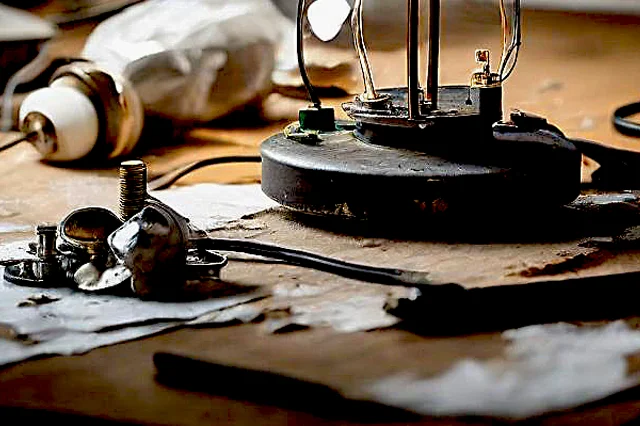
How To Troubleshoot A Circuit Problem
The circuit is the part that delivers electricity to your table lamp from the power source. If the circuit is broken, it can cause the lamp to not work or to trip the breaker or the fuse.
Follow these steps to troubleshoot a circuit problem,
- Unplug the lamp from the power source.
- Check the outlet for any signs of damage like scorch marks, cracks, or loose wires.
- If the outlet is damaged, you have to replace it or call an electrician to do it for you.
- Plug the lamp into another outlet and see if it works. If it does, the problem is with the original outlet. Otherwise, the problem is with the lamp or the cord.
- Check the cord for any signs of damage, such as cuts, frays, or kinks. If the cord is damaged, repair or replace it as described above.
- Check the breaker or the fuse box for any tripped or blown circuits. If the breaker is tripped, reset it by flipping it back on.
- If the fuse is blown, replace it with a new one of the same rating. Do not use a higher-rated fuse because it can cause overheating or fire.
- Plug the lamp back in and test it.
- If the lamp is still not working, you may have a more serious electrical problem that requires professional help.
Closing Remarks
Table lamps are a great way to add light and style to your room. However, they can also encounter problems that can affect their performance or safety.
I hope that by following these maintenance and repair tips, you can easily maintain & repair your table lamps at home.
If you find this article helpful, share it with your friends & keep visiting lampstream.com for more information about home lighting & table lamps. Have a nice day!

